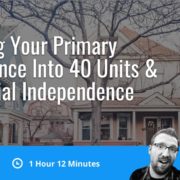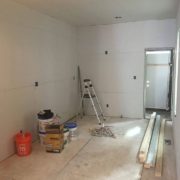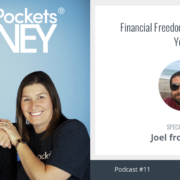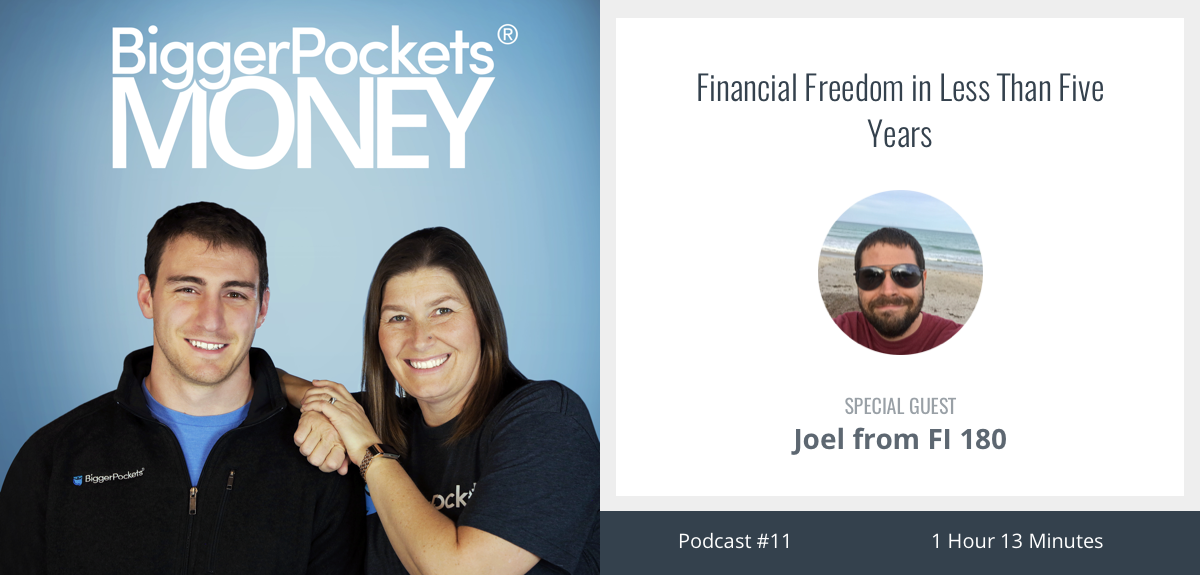It is no secret that the most successful people in the world are early risers. If this is new to you, take a look here. Do you recognize any of them? Clearly, there is a positive correlation between early risers and extreme success. So why is it that you hate mornings? Why do you wake up the last possible moment before scurrying to work?
My guess is that waking up is likely the most stressful part of the day. First, you start the day with multiple alarm clocks that wake you up in five-minute intervals. Talk about annoying and completely irrational! If you hate waking up, why the heck do you do so multiple times? That’s just stOOpid (with TWO O’s!).
You get out of bed at the last possible moment, quickly get ready, and drive your car 20 minutes in traffic to work—a place you would likely not frequent if you were not paid.
You do all of this with a mind and body that has been deprived of food and water for the past eight hours. No wonder you hate mornings!
Have you ever noticed how weekend mornings aren’t nearly as bad? You take the time to get up, and if you do get up early, it is in order to do something that you love to do (i.e. hike, vacation, etc.). It’s not the morning that you hate; it’s what you do in the morning that you hate.
Related: Not a “Morning Person”? Why That’s Simply a Lie You’re Telling Yourself
Miracle Morning
Thanks to Hal Elrod and his best-selling book The Miracle Morning, mornings (and lives) around the world have been transformed forever. In the book, Hal goes into his findings from studying the most successful people’s morning routines. He takes note of six different activities many of them do and calls them “SAVERS.” Many successful people practice at least four of six of these activities, but rarely do all six. So what happens if you do all six? That’s for you to find out!
Just a note: I did NOT get paid to write this article for Hal. His book changed my life, and I want to share with you my routine, what it has done for me, and how it can have a similar impact on you.

Pre-Routine
First things first. You are groggy in the morning because you are dehydrated. How do you remedy that? You drink water (call me doctor). I chug a 24 oz. bottle of water as the first thing I do when I awake.
After you have chugged your water, go take a shower (or wash your face), brush your teeth, and mouthwash. Psychologically, there is something about taking a shower and brushing your teeth that tells your body that you are awake for the day.
“Brush my teeth before I eat?! That’s a savage move!” Actually, it’s better for you. Check it out.
Now you are ready to start your miracle morning!
The Routine (SAVERS)
Hal Elrod coined the acronym “SAVERS” to help us remember each aspect of the ideal morning routine. Perhaps you do a few of these already, but why not try them all? Here is the list:
- Silence/Meditation
- Affirmation
- Visualizations
- Exercise
- Reading
- Scribing
As an example, I will take you through my miracle morning. It may seem like a bunch of hocus pocus. I didn’t believe it at first either. I’ll admit, it’s weird. But it works, and I like it!
I have been doing this for about six months now. Here is what I have accomplished in that timeframe.
- I went from a job that I did not love in San Francisco to my dream job at BiggerPockets in Denver.
- I was able to kick my weekend drinking habit.
- I was able to remove all added sugar from my diet.
- I rented an apartment in downtown Denver for less than half of market rent.
- I purchased a car for 75% of its listing price from the dealer.
- I purchased a brand new remodeled duplex in an up-and-coming part of Denver with an FHA loan at under listing price. At this time, almost all properties have multiple offers and are going above listing price.
- I created passive income streams of more than $1,000 monthly.
- I was able to accomplish moves in Crossfit that I once struggled with (muscle ups and double unders).
I am not telling you this to brag. Truthfully, there isn’t much to brag about. There are many people who are doing much better than me. However, if you compare this to six months prior, you will see a tremendous improvement. You will see that I have taken many steps towards accomplishing my goals, resulting in a much happier life.
So, now that you know the impact the miracle morning has, let me give you an example of my routine.
My Morning Routine
1. Silence/Meditation (10 Minutes)
The first thing I do is meditate for 10 minutes. I use a playlist on Spotify called “10 minute meditation,” and it works perfectly. This helps me stay calm, focused, and concentrating throughout the day. If you’re questioning the effects on meditation, you can check out all of the benefits here.
2. Scribing/Journaling, Part 1 (5 Minutes)
Next, write down three things I am grateful for. Yes, this can get repetitive and you might start appreciating really small things. Either way, that’s great! It puts a positive perspective to start your day and reminds you that all of the things you have right now are, well, great!
In an effort to continuously improve, I write down three things I need to be better at. Can’t think of anything? Could your spending habits improve? How about fitness or dietary habits? Anything at work or in your family life that you can improve upon? I am sure you can think of something.
Related: 6 Words That Will Forever Change How You Wake Up in the Morning
Next, I write down three goals that I would like to accomplish for the day and make sure that these are aligned with my weekly, monthly, and annual goals.
3. Affirmations or Prayer (5 Minutes)
As Napoleon Hill (and also my mom) says, “Anything you can conceive and believe, you can achieve.”
This may sound silly, and I do not mean to offend anyone, but affirmations are the simplest form of prayer. Repeating my goals to myself causes my brain to subconsciously focus on them throughout the day. You will be surprised how things tend to fall into your lap, allowing you to easily accomplish your goals, when doing this.
I use the Miracle Morning app on my phone. I write my affirmations in there and read them every morning emphatically.
4. Visualizations (5 Minutes)
Visualizations are similar to meditating. The difference? In meditation, you do your best to think about nothing except your breathing. In visualization, you envision yourself accomplishing your goals.
This can be done in many different ways. Some people create a bulletin board and pin pictures of their desires to the board. I personally shut my eyes and visualize myself achieving both my short and long-term goals. This keeps the fire burning.
In all of the feats I outlined above, visualization was a huge part. I envisioned myself accomplishing these, and they came true. It’s weird, even eerie in a sense, but I am not complaining.

5. Scribing/Journaling, Part 2 (30 Minutes)
Now that my mind is focused, I take the next 20-30 minutes to write freely. I used to HATE writing. But once I started writing about things I have passion for, I realized it is quite refreshing.
Oftentimes this writing ends up in the form of a BiggerPocktes blog post. Yes, it is currently 5:15 a.m. as I write this as part of my miracle morning. ?
6. Reading (90 Minutes)
For some people, reading for 90 minutes might be overkill. However, I set a goal to read 60 books this year. A big reason why I am well on my way to accomplishing this is that I take 90 minutes every morning to feed my brain. You will be amazed how much you can learn just by reading at least one book per week.
7. Exercising (40 minutes)
Maybe this means going for a morning run before the sun wakes you. For me, I prefer my rigorous workouts in the afternoon. So I throw on a podcast and foam roll/stretch for 30-40 minutes. This gets my muscles loose, releases endorphins, and prevents injury from my more intense afternoon workouts. I then do as many pushups as I can to get the blood flowing, hop on my bike, and head to work.
Conclusion
As you can see, my morning routine is long and a bit out of order. All in all, it is about 3.5 hours long. Now, I am not asking you to wake up 3.5 hours earlier. That’s absurd! And in no way is that initially sustainable.
My suggestion for you would be to try to wake up 30 minutes earlier and do all of the SAVERS for 5 minutes each. As you become more comfortable waking up earlier and you begin to want to spend more time in your miracle morning, you can extend it to one hour, two hours, etc. Before you know it, you will be a super early riser and will be able to get more done before 8:00 a.m. than most people accomplish in a week!
We are republishing this article to help out our newer readers.
Happy SAVERing!
Would you consider waking up earlier to adopt some of the SAVER habits? Why or why not?
Weigh in below!









 Check out SimpliSafe Security’s DIY home security systems; an affordable, wireless, cellular, and customizable system that doesn’t require a contract!
Check out SimpliSafe Security’s DIY home security systems; an affordable, wireless, cellular, and customizable system that doesn’t require a contract!














 :215-447-7209
:215-447-7209 : deals(at)frankbuysphilly.com
: deals(at)frankbuysphilly.com